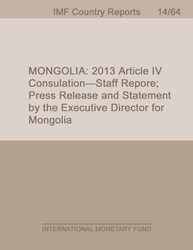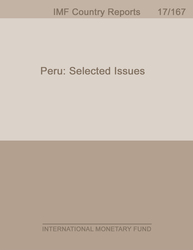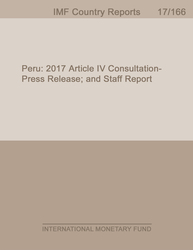
Mongolia: 2013 Article IV Consultation-Staff Report; Press Release and Statement by the Executive Director for Mongolia
KEY ISSUESOverview. Mongolia has made impressive progress in developing its economy over the past decade. Medium-term prospects remain promising given Mongolia's large natural resource endowment, but macroeconomic policies have become unsustainably loose.The resulting balance of payments (BOP) pressures have been compounded by negative shocks to FDI and coal exports.Outlook and Risks. Staff expect the economy to grow by 12 percent this year and 9½ percent in 2014, buoyed by the start of production at the Oyu Tolgoi (OT) copperand gold mine. Over the past two years, nonmining growth has been boosted by fiscal and monetary stimulus. In view of the uncertain external environment, Mongolia needs to change course to reduce its vulnerability to external shocks. Gross international reserves are still adequate for precautionary purposes, but they have been supported by external borrowing and the declining trend in net international reserves observed this year is not sustainable.Policies. Securing sustainable growth while addressing macroeconomic risks requires a package of fiscal adjustment, unwinding of the monetary stimulus provided this year, and continued exchange rate flexibility. Banking sector vulnerabilities and weaknesses in the business climate also need to be addressed.• Some encouraging steps are being taken to tighten fiscal policy in the remainder of 2013 and by basing the 2014 budget on more realistic revenue projections. However, including off-budget spending by the Development Bank of Mongolia (DBM) the overall fiscal deficit in 2013 will likely again be over 10 percent of GDP. Implementation of the Fiscal Stability Law (FSL) is an urgent priority, with DBM spending to be included in the budget. Public investment projects should be reprioritized in view of constraints on absorptive and implementation capacity.• The Bank of Mongolia (BOM)'s large monetary stimulus, through its so-called "price stabilization program," mortgage program, and liquidity injection, distorts markets and is bound to ratchet up inflation. The programs should be phased out and the BOM should focus on further strengthening the monetary policy framework while maintaining the increased exchange rate flexibility observed in recent months.• Banking sector vulnerabilities need to be addressed. They stem from weaknesses in banking supervision, inadequate provisioning, high levels of loan concentration and dollarization, and a high and rising credit-to-deposit ratio.• The government should build on the recent passage of the new investment law to further improve the business climate and encourage FDI inflows.
Publication date: March 2014
ISBN: 9781475572445
$18.00
Add to Cart by clicking price of the language and format you'd like to purchase
Available Languages and Formats
| English |
Prices in red indicate formats that are not yet available but are forthcoming.
Topics covered in this book
This title contains information about the following subjects.
Click on a subject if you would like to see other titles with the same subjects.
Money and Monetary Policy , International - Economics , Public Policy ,
Also of interest
Summary
Copyright © 2010 - 2024
Powered by:
AIDC



